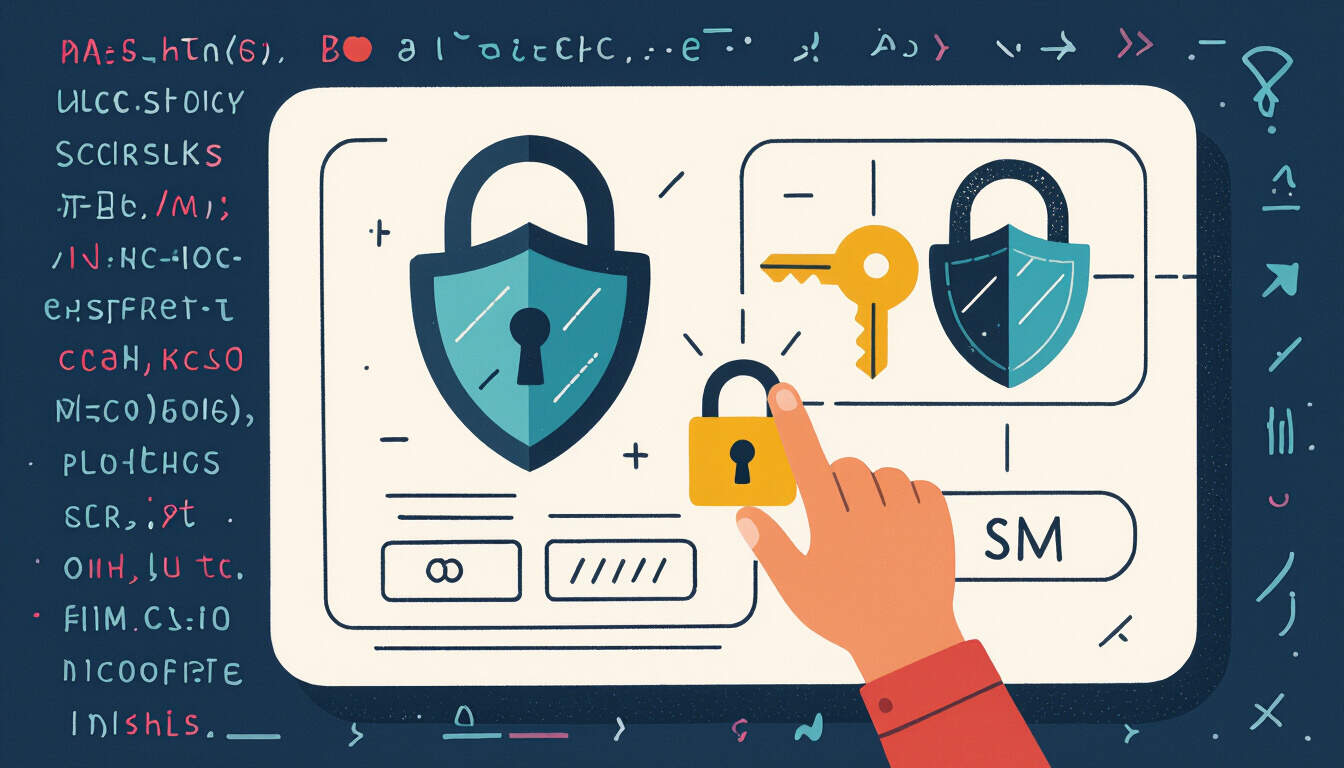Enhancing Security with Multi-Factor Authentication in Solo SaaS
 by Marlene Keeling
by Marlene Keeling
Multi-factor authentication adds vital layers to protect solo SaaS applications from threats. This article covers its implementation, benefits, and practical steps for developers, ensuring better defense for user data and business continuity in independent projects.

Multi-factor authentication serves as a key defense for solo SaaS projects, helping developers safeguard sensitive data without needing large teams. In solo SaaS setups, where one person handles everything, basic security can fall short against growing online risks.
Early in development, developers often overlook advanced protections. Yet, multi-factor authentication stands out by requiring more than just a password, such as a phone code or biometric scan. This approach reduces unauthorized access, making it essential for solo entrepreneurs building web apps.
Consider a real-world scenario: A solo developer creates a project management tool. Without multi-factor authentication, a single leaked password could expose client data. By adding this layer, the developer prevents breaches and builds trust with users.
To implement multi-factor authentication effectively, start with choosing the right tools. Options include SMS codes, app-based tokens, or hardware keys. For instance, services like Authy or Google Authenticator integrate easily with common frameworks.
Here is a step-by-step guide for adding multi-factor authentication to your solo SaaS app:
- Assess your current setup: Review existing login processes and identify weak points, such as reliance on passwords alone.
- Select a method: Decide on factors like something you know (password), something you have (phone), or something you are (fingerprint). For solo projects, app-based tokens offer a balance of security and ease.
- Integrate with your backend: Use libraries such as those in Node.js or Python to handle verification. For example, in a Node.js app, add an authentication library that supports tokens.
- Test thoroughly: Simulate attacks and user logins to ensure the system works smoothly. Common issues include failed code deliveries, so include fallback options.
- Educate users: Provide clear instructions in your app's interface, helping users enable the feature without confusion.
In practice, many solo developers have seen improvements after adopting this method. One example involves a freelance analytics platform where the owner added multi-factor authentication following a minor breach. This step not only secured accounts but also reduced support tickets related to forgotten passwords.
Beyond basics, combining multi-factor authentication with other measures strengthens your SaaS architecture. Regular updates and monitoring tools can complement it, creating a more resilient system. For instance, limit login attempts to prevent brute-force attacks, then layer in authentication for added protection.
For solo entrepreneurs, cost plays a role. Many multi-factor solutions are free or low-cost, fitting tight budgets. Open-source options allow customization without heavy expenses, letting you focus on core features.
Potential challenges include user adoption. Some may find extra steps annoying, so frame it as a benefit in your app's messaging. Highlight how it protects their information, turning a hurdle into a selling point.
In summary, integrating multi-factor authentication into solo SaaS projects offers clear advantages. It enhances security, supports growth, and aligns with user expectations for data protection. By following the outlined steps and learning from examples, developers can create safer applications that stand out in a competitive space.
To wrap up, always prioritize security in your development process. Tools like multi-factor authentication make this achievable, even for those working alone.
